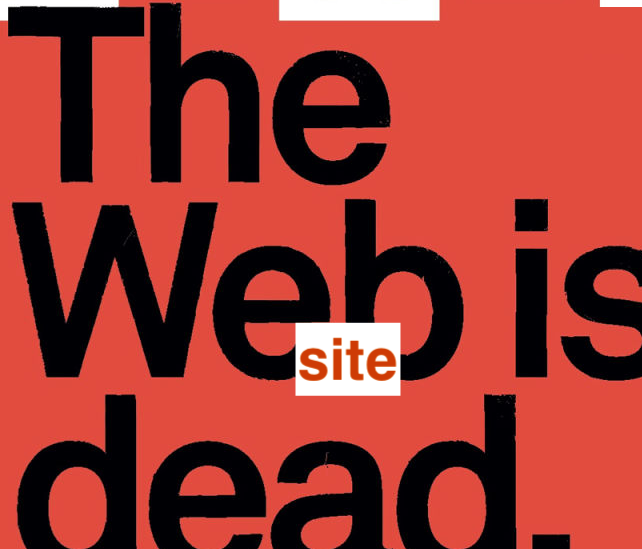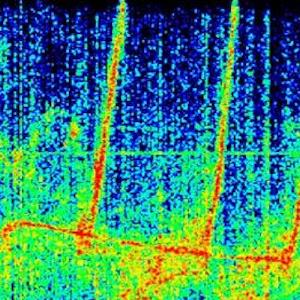Lets wrap-up the year with a story that is funny yet morbid, enchanting but absurd. The communion of dance, madness and music. A brief account of 'The Dancing Plague' which occurred throughout Europe, spanning three centuries. 'Dancing Mania' (also known as Saint Vitus' Dance or Choreomania) was a social phenomenon that spread throughout Europe between the 14th and 17th century. The outbreak of spontaneous dance, lasting hours or even days, initially activated by women, rapidly captivated diverse groups of people, dancing together, at times numbering thousands. Folk-music (and not a virus) played a vital role in the proliferation of this bizarre and unpredictable dancing epidemic. The intensity of dance mesmerised all ages, almost like a domino-effect, spilling over into the streets of European cities and rural provinces. The Dancing Plague consumed women, men and children, as they danced and danced until they collapsed from exhaustion, nervous-breakdown, high fever or even heart failure. A volatile 'social jitterbug' that manifested into unrestricted collective dance. That very collective freedom of movement, now desperately missed across the world, given the current pandemic and the severe restrictions that we are reeling under.
The first outbreak of the Dancing Plague occurred in Achen (Germany) in 1374, followed by Strasbourg (Austria) in 1378. Inflicting a yet unknown mania, leading hundreds of people into the streets of Achen and Strasbourg, dancing to medieval folk-music, for hours, leading into days and nights. Swiftly denounced and demonised by the catholic church and monarchy, the initial outbreaks were quelled by force, exorcism and punishment. However the dancing mania percolated into public psyche, hearsay and roaming legends. "The european nations of antiquity were preoccupied with war, invasions, religious dogma, lashed by waves of devastating plagues, which wiped out over 200 million people, in a span of 450 years. Disorder, superstition, hunger and ever new maladies marked the continent's history for about 800 years (900 - 1700 AD). Epidemics such as the bubonic and pneumonic plague, black-death, typhus, syphilis and small pox spread to far corners of Europe via trade routes and warring armies. However that was not the case of the Dancing Plague, which proliferated via public sympathy, music and socially activated veneration. Saint Vitus' Dance was a phenomenon that scientific evaluation and medical investigation cannot quantify as yet..." states Hecker in his book.
Vitus was born and raised in Sicily, and attained sainthood posthumously. He denounced forms of torture, penitence and punishment, which were widely practiced in Italy, France and Germany by the ruling class and the church. Vitus was considered the patron saint of actors, comedians, dancers, musicians and even the epileptics and mentally challenged, similar to Genesius and Saint Petrarca. Eventually unable to control his growing fame and following, the Vatican and Emperor Diocletian ordered the execution of Vitus, who died as a martyr along with his two closest associates Modestus and Crescentia. Legend has it that moments before his execution, Vitus conveyed his curse "in the age of ignorance, the common peasantry will liberate themselves with virtues and deviant acts, which now be considered vile, maniacal and pagan". Erie and ironic, did Vitus' ultimate verdict manifest centuries later as the Dancing Plague? Since late 14th century the 'dancing mania' was recorded in Basel (1379), Utretch (1388), Cologne (1402), Liege (1407), Flanders (1421), Schaffhausen (1428), Rome (1441), Avignon (1450), Leon (1488), Strasbourg (1518), London (1518), Munich (1541), Nantes (1571), Lübek (1606), Lot Et-Garonne (1620) and on and on, till the mid-1600s. Saint Vitus' Dance seems to have disappeared around 1650.
The dancing outbreaks varied, as several characteristics of it were recorded over time. Generally occurring in times of hardship, extreme food-shortage and looming prospects of exodus - up to tens of thousands of people gathered to dance for hours, days, weeks, and in some rare cases even months. The spectacle of this medieval rave, traversed from one town to another, from one region to another, from one language into another, gathering momentum as well as the involved chaos and death along it's trail. As Justus Hecker records in his inquiry of the Dancing Plague, that "the musicians took turns for hours, making sure that the music never stopped, knowing well about the fatal outcome, if and when euphoric cadence and heightened sentiments were broken...". Regardless thousands died of exhaustion, dehydration, fever and heart-failure during these dancing outbreaks. A majority of the 'possessed folks' returned to normalcy yet continued to experience melancholia, fatigue, abandonment or even on rare occasions felt cured from earlier mental and physical ailments.
Saint Vitus' Dance had a profound effect, upon those who embraced it and even those who renounced it, as does any act of defiance and liberation in a given society. Numerous records of the Dancing Plague noted that women were at the helm of many outbreaks, individually compelling people nearby to join the fervour, amplifying the movement to alarming levels of mass euphoria and hysteria. Given that the status of an average woman in medieval Europe was severely shackled by religion, orthodoxy, patriarchy and superstition, it is but remarkable that the 'doyens' of Saint Vitus' Dance were indeed 'common women'.
It's difficult to measure the psychological effects of the Dancing Plague, and rather lame to label it merely as a 'fanatic expression' or mania. Medical history of plagues and pestilence is often framed within medieval narratives and moral judgement, which is unable to understand what caused the Dancing Plague, proliferating and sustaining itself for almost 300 years. However, the Dancing Plague affords an unique chance to study the human condition and the collective psyche of a given society (and age) battling extinction. The instinct of imitation, coupled with the excitement of the senses and a dire will to survive - acting together against all odds - consequently amplified the dancing epidemic, to cross social boundaries and feudal frontiers. Just dance! To save your damn life! "Men and women danced for hours, adorning and exchanging garlands, swirling in concentric circles, fervently calling out for divine deliverance, at times totally possessed by involuntary spasms and maniacal laughter... sometimes gyrating and writhing in erotic gestures .... accompanied by musicians playing the Lute, Dulcimer, Timpani, Turkish-Drums, Tambor, Naquire and Rebab" wrote the 14th century Dutch troubadour Martinus Fabri.
What possessed the minds and bodies of medieval women, men and children during the Dancing Plagues will never be known in posterity, yet we can say with certainty, that the experiences were of incredible spiritual value and spontaneous in nature. Stifled by existing conditions and unknown facets of the human psyche. Something beyond the control of the clergy, the monarchy, the monks and the doctors of a feudal society. Yet not something so hard to comprehend in the 21st century - we are well aware of the collective power of dance, and it's deliverance as a global culture. Be it felt at a rave, or nightclub or a concert arena - collective dance is always centred around music and the 'psycho-acoustic' deliverance of sound. Astonishment, curiosity, contemplation or horror, the spectacle of unrestrictive movement and free-form dance is a very potent social affair.
Would it be too impertinent to say that the Dancing Plague has returned in 2020, albeit virtually, as visible on TikTok and Instagram? More apparent, as we see the mass proliferation of public dance online, as recurring acts of momentary liberation. Clearly a global reaction to the utterly restrictive conditions (add the daily gloom and death) unleashed by the Corona-virus pandemic. Conditions which do not favour freedom of thought and movement, do open up bizarre new possibilities and means of expression. Why are we compelled to dance? After centuries, the question is still up for contemplation and debate. The Dancing Plague does not exist anymore - not in it's original form. Yet the inert elements remain eerily embedded within us - especially those who love to dance, following the involuntary impulse and the will to liberate the body and spirit, in good as well as not-so-good times...






























0 -